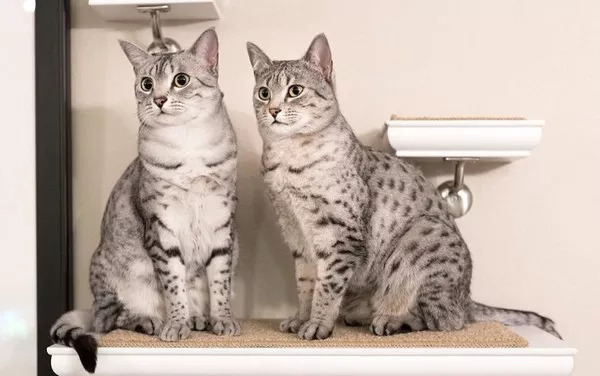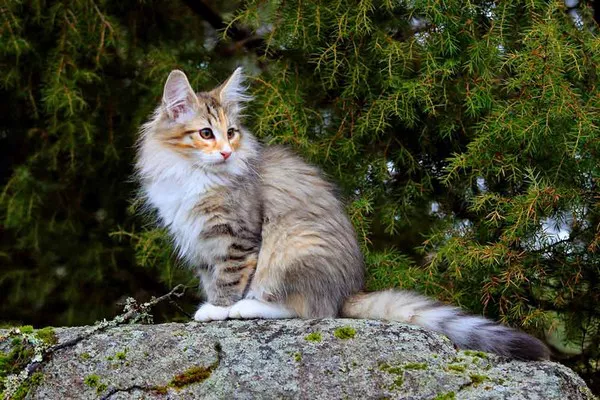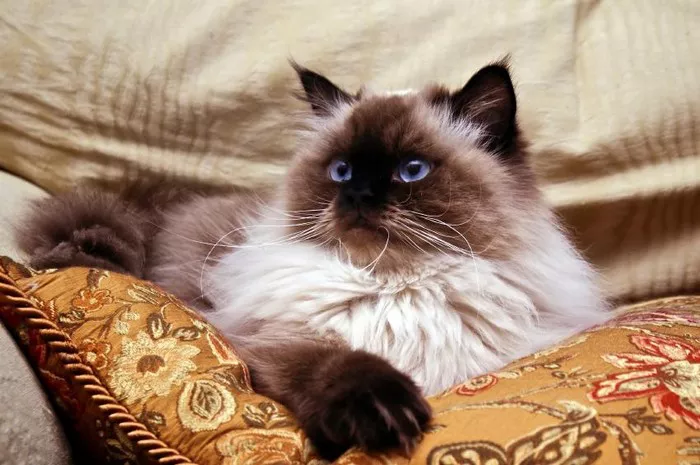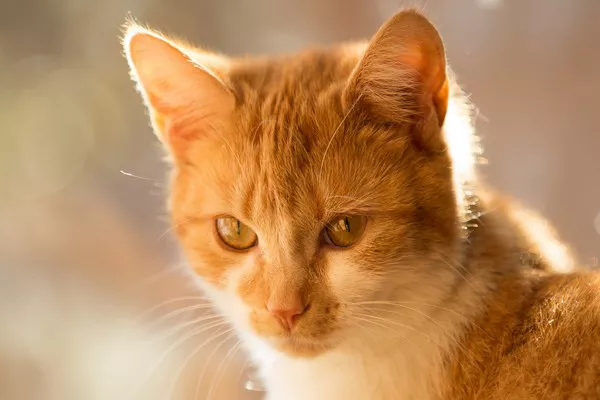The Egyptian Mau holds a distinctive place not only in the feline world but also within cultural and historical narratives. Recognized as one of the oldest cat breeds, the Egyptian Mau’s ancestry is often associated with ancient Egypt, where cats were revered as sacred creatures. Today, the breed is admired for its unique physical attributes, temperament, and the role it plays in diverse facets of modern life—from companionship and breeding to contributing to our understanding of genetics and animal behavior. This article explores the multifaceted importance of the Egyptian Mau, examining why this breed is not only cherished as a pet but also valued for its cultural, genetic, and emotional contributions to human society.
Historical Significance of the Egyptian Mau
The allure of the Egyptian Mau is deeply rooted in its rich historical background, which dates back thousands of years. Images of spotted cats can be found on the walls of ancient Egyptian tombs, indicating that the breed was not only domesticated but also revered. These cats were often depicted sitting under chairs and near or on the laps of royalty, highlighting their esteemed status in ancient society. They were believed to bring good luck and were associated with the goddess Bastet, the ancient deity of home, fertility, and childbirth.
Cultural Impact: From Ancient Egypt to Modern Times
In modern times, the Egyptian Mau continues to influence cultural narratives and artistic representations, serving as a bridge to a mystical, storied past. Breed enthusiasts and historians often celebrate this breed for its direct lineage to the cats of the Pharaohs, thus preserving a living heritage that is tangible and interactive.
Physical Attributes and Genetic Diversity
Unique Physical Characteristics:
The Egyptian Mau is notably distinct for its natural spotted coat, gooseberry green eyes, and a lithe body that moves with striking grace. The coat patterns are not only beautiful but also unique to each individual cat, much like a fingerprint. These physical traits not only make the Mau aesthetically pleasing but also highlight significant genetic traits that contribute to studies in feline genetics.
Genetic Contributions to Science:
The breed’s genetic makeup has been of particular interest in veterinary and genetic research. Studies focusing on the Mau’s DNA have provided insights into feline evolution and domestication, as well as genetic markers related to health, which are beneficial for the broader cat population. For instance, understanding the genetic basis of the Mau’s spotted coat has implications for studying the genetics of other animals.
Behavioral Traits and Temperament
Unique Behaviors:
Egyptian Maus are known for their high intelligence and moderate activity levels. They possess a striking balance between playfulness and independence, making them ideal companions for families or individuals. Additionally, Maus are one of the few cat breeds that show a fond affinity for water, often dabbling in water bowls or investigating showers and taps.
Temperament:
This breed is often described as loyal and somewhat possessive of their owners, showing a dog-like attachment to their families. They are sociable with their family but can be shy or reserved around strangers, which speaks to their complex emotional landscape. Such traits make them fascinating subjects for behavioral studies, enriching our understanding of animal emotions and social interactions.
Contribution to Ecology and Biodiversity
Natural Hunting Skills:
Beyond their roles in homes, Egyptian Maus also contribute to local ecosystems through their natural hunting abilities. By controlling populations of small pests, such as rodents, they help maintain a balanced ecology. In rural or farm settings, this trait is especially valued as it contributes to the health of the agricultural ecosystem.
Breeding and Preservation of the Breed
Breeding Programs:
Preservation of the Egyptian Mau is crucial, not only to maintain its genetic lineage but also to ensure the breed’s survival. Breed-specific programs are essential in maintaining the health, temperament, and unique characteristics of the Maus, providing guidelines for responsible breeding practices that prevent genetic diseases.
Global Genetic Pool and Conservation:
Breeding programs also help in widening the genetic pool available globally, which is critical for the breed’s health and diversity. This is particularly important for the Egyptian Mau, as it is still considered a relatively rare breed.
Emotional and Therapeutic Benefits
Companionship and Emotional Support:
As pets, Egyptian Maus form deep bonds with their owners, offering emotional support and companionship. Their presence can help reduce feelings of loneliness and anxiety, contributing to the emotional and psychological well-being of their human companions.
Therapeutic Potential:
Their calm yet playful nature also makes them suitable for therapeutic roles, such as in pet therapy sessions for the elderly or individuals with disabilities. This interaction not only benefits humans but also highlights the breed’s gentle temperament and adaptability.
Conclusion
The Egyptian Mau is more than just a pet; it is a link to ancient history, a contributor to genetic science, a player in ecological health, and a source of emotional and therapeutic support. The preservation and appreciation of the Egyptian Mau breed not only celebrate its unique contributions but also ensure that future generations can continue to enjoy and learn from this remarkable breed. In every sense, the Egyptian Mau is a treasure of the natural world, embodying a legacy that transcends its aesthetic appeal and making profound impacts across various aspects of human life.



























